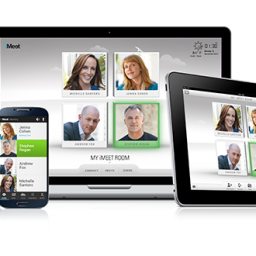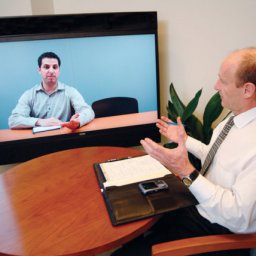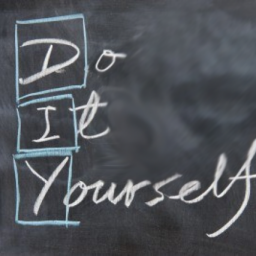Original Post by Kristen Rich
Each year, B2B marketing budgets have the same top-of-the-list expense: in-person events. For 2015, 78 percent of marketers surveyed by Forrester Research expected to invest in conferences, tradeshows and seminars. Despite this, too many CMOs are missing opportunities by treating these in-person events as stand-alone occurrences rather than strategic marketing assets. In doing so, they diminish their returns on these investments.
This is where a digital makeover can ramp up the gains. With attendees more tech savvy and engaged than ever, in-person events can generate value long after the event hall clears out.
Here are a few ways a technology boost can transform conferences, tradeshows and seminars into valuable marketing assets:
1. Target Specific, Smaller Audiences for Events
More than half of B2B marketers surveyed by Forrester believe smaller, in-person events are more effective for connecting with customers than larger ones. Add these to your marketing mix and then digitally reach beyond the smaller venue’s four walls for increased networking opportunities.
For example, the CMO of a security software company arranged simultaneous gatherings at several top restaurants around the country. These groups were then digitally connected to allow face-to-face interactions both in person and on screen.
2. Set Up the Event Technology in Advance
Aside from establishing an event site, Facebook page and Twitter hashtag, offer attendees an event app for mobile devices and install management tools to gather information about registrants before in-person events. This can help tailor the agenda to their interests beforehand as well as for future events.
During the tradeshow or conference, monitor feedback at the height of engagement and identify potential customers. Once the event’s over, continue the conversation online and enable sales representatives to connect with prospects.
3. Share Experiences and Increase Engagement
During a conference or tradeshow, issue online surveys and encourage attendees to give real-time feedback on presentations so they feel truly engaged with the event. Then you can:
- Use management tools to gather data from social media and display it as a single dashboard view.
- Post the results of live-polling from presentations.
- Allow those both on and offsite to see trending topics, feedback and Instagram photos.
- Consider displaying this online interaction on screens and projecting it onto the walls of venues.
- Use this information to reach new customers and to promote next year’s event.
 4. Add a Virtual Component to an Event
4. Add a Virtual Component to an Event
Marketers can find it challenging to reach global audiences and taking an event virtual can solve the problem. The effort can range from webcasting one or more live sessions to a full-blown virtual event that replicates for online attendees all the content that’s available to in-person attendees. This approach can be particularly valuable for time-sensitive events such as product launches, as a global audience can be reached in literally 24 hours.
5. Amplify the Brand by Energizing Advocates
Engagement and positive experiences during an event increase the chances attendees will advocate a brand. Marketers can provide them with opportunities for their feedback and testimonials to be heard. For example, Adobe invites its annual Summit attendees to sneak a peek at upcoming features. Participants then vote for their favorites via Twitter and the top selections are prioritized for the next release. In addition, every event hashtag-carrying tweet posted during discussions goes towards Adobe’s “Tweet for Good” philanthropy program. Allowing the attendees to see the impact of their advocacy only encourages more of it.
These digital strategy boosts are just a few ways to turn your B2B in-person event into a valuable marketing asset. For even more tips, click here!




